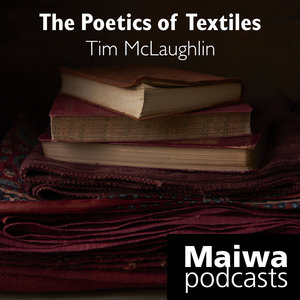 |
| Shown: Charkha Organic Handwoven Cotton Shawl held in the hands of our good friend and regular instructor India Flint |
When we unfurled them for the first time: gasps, murmurs, and sighs. A patterned thread running through the weave; tassel tied and true; wild silks and selvedge. Remarkable cloth. Remarkably made.
 |
| Shown: Wild Eri Silk Scarf - Moss |
 |
| Shown: (L) Organic Handwoven Cotton Hand-Stitched Shawl - Simple Stitch (R) Wild Tussar Silk Shawl - Ajrakh - Indigo Monsoon |
 |
| Shown: (L) Wild Tussar Silk Shawl - Ajrakh - Geometric(R) Wild Tussar Silk Shawl - Ajrakh - Desert Sky |
 |
| Shown: Fine Handwoven Cotton Shawl - Checks & Stripes |
WOVEN COTTONS & PATTERNED PRINTS
available at
MAIWA
on Granville Island — 7 days a week between 10 am and 7 pm
and maiwa.com
MEET the MAKERS
 |
| AJRAKH BLOCK PRINTING — The Khatris of Damadkha are now some of the most skillful and well-known block printers in the world. The reputation is well deserved. The shawls shown here are woven from a wild silk known as tussar — but the traditional block printing process was developed for cotton. The Khatris have experimented and adapted the traditional printing process in order to work with silk. The family is constantly innovating with process and design. Meet the extended family here. |




































